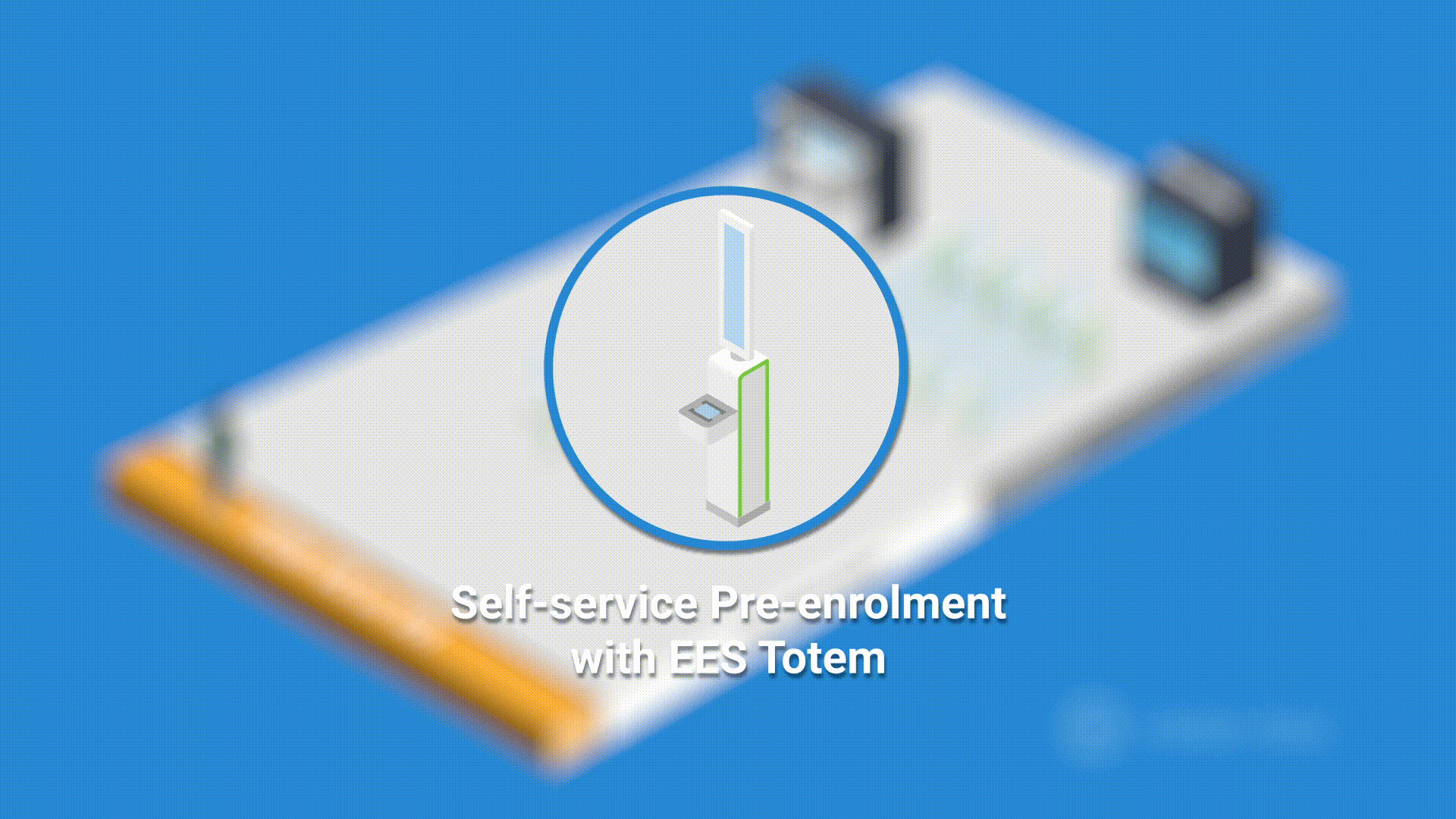Securing Borders with Smart Technology

A “Smart” system invariably means that its less cumbersome to the individual user. In the context of a Smart Border, this means balancing border security with a facilitated flow of travellers through the crossing process using a risk management-based approach. This is done by developing and implementing automated processes at the border point that include individual identification, document validity, data sharing and background checks.
Currently, most border control agencies do not have the technology to share information, request a risk profile, or examine digital identity data of border crossers in real time. The current manual and subjective procedure leaves open the very real possibility for the unlawful entry of dangerous individuals. Compounded with the travel surge in the last decade at border points, the adverse effect on the effectiveness and capability of the manual identity verification and clearance process has become overburdened with a related increase in risk factors
A Smart Border System establishes a framework that records the biometric and biographic data of all individuals entering and exiting the external borders of member states, registers all cross-border movements, checks visa validity, and conducts background checks. A Smart Border network modernizes, strengthens, secures and protects a country’s borders by automating the subjective identity verification and document authentication process for a more secure and assured border crossing operation.
The implementation of a Smart Border framework has become a necessary consequence of the increase and complexity in international border crossings. The immense task border law enforcement and intelligence agencies face are well exemplified by the numbers: In the European Union alone in 2018, airport arrivals numbered 1.1 billion, with an estimated growth rate of 4 percent per year. The International Organization for Migration estimates that there are currently 258 million migrants, with another 20 to 30 million unauthorized migrants worldwide, and estimates by the UN Refugee Agency of around 68 million forcibly displaced persons around the world. Additionally, INTERPOL estimates that over 1 billion people were able to board aircraft with fraudulent documents or without having their documents checked.
These numbers bear out the formidable task border agencies have in accomplishing their mission and fulfilling their core objectives – facilitating legitimate border crossings while identifying unlawful movements.
Top Ten Reasons to Use Smart Border Technology
- Establishes a system that increases compliance with border rules and regulations while augmenting the capacity to control borders events.
- Shifts a series of subjective identity and clearance steps into an automated and indistinguishable transactional process.
- Assists border agencies in their overarching responsibility to intercept illegitimate crossing of individuals and deter criminal activities such as human trafficking, migrant smuggling and entry or exit of individuals who may be traveling abroad to join terrorist groups or are returning with the aim of carrying out terrorist attacks.
- A focus on upstream and downstream intelligence sharing and data-driven model analysis enhances security, control and facilitation of border management across the country’s border system.
- Improves communication and networking enabling agencies to cooperate more closely in a comprehensive identity authentication and border management policy.
- Conducts automated checks against law enforcement and security databases, including those of lost and stolen documents.
- Integrates a range of controls that combines all entry and exit data to track, process and identify multi-border movements and access travel history data to identify suspicious movements.
- Uses a range of non-intrusive activities and procedures that always strictly adhere to the laws and regulations controlling access to personal data.
- Information is limited to the basics required for positive traveler identification, document authentication, background check, and travel movement record.
- Builds a trusted partnership between agencies, improves regulatory control, and enhances border services.
We are now facing a completely new reality when it comes to accepting travellers. Smart Border systems aim to find the best human-centric technological solutions for controlling events at crossing points. While some countries, such as the nations in the Schengen bloc, are setting up timetables for implementing Smart Borders systems, current events are making Smart Border technology an imperative for national security at multiple levels. The viability of these systems has been proven and the time to modernize is upon us.
Publish date: July 2020






